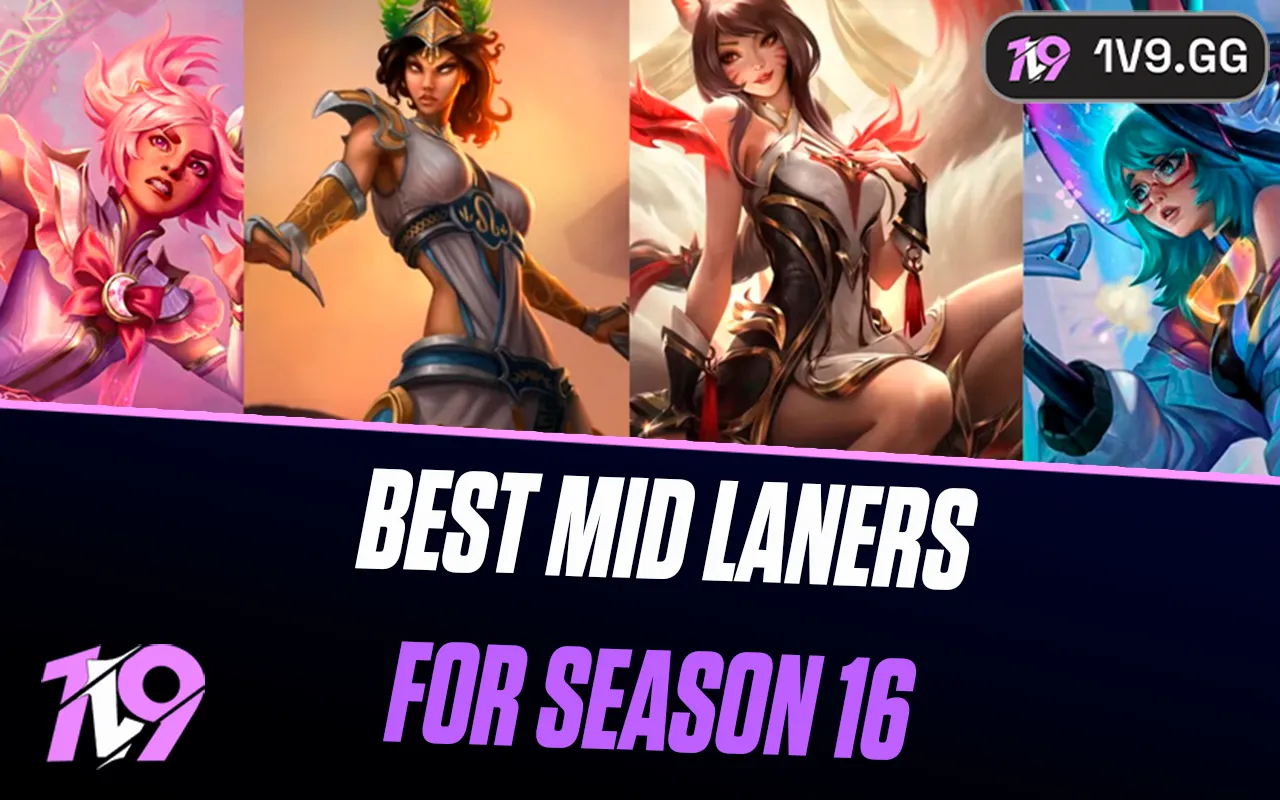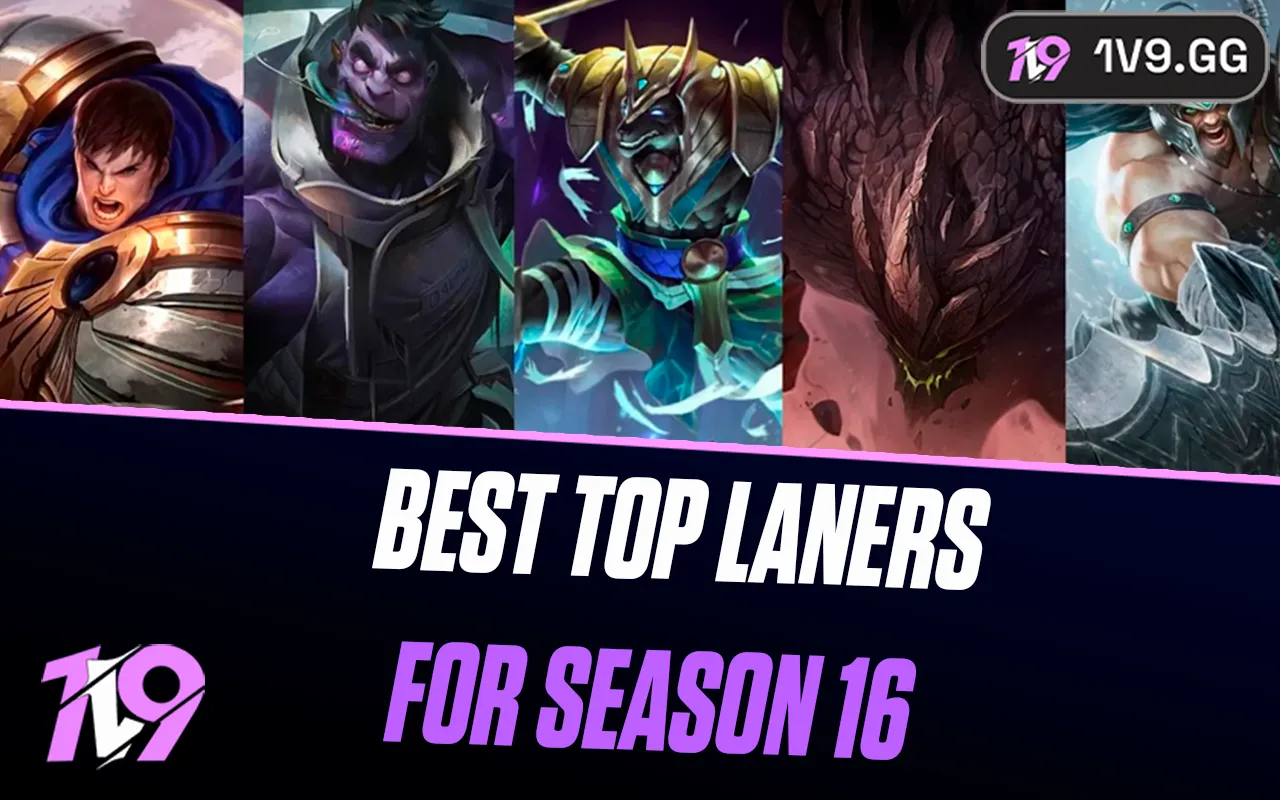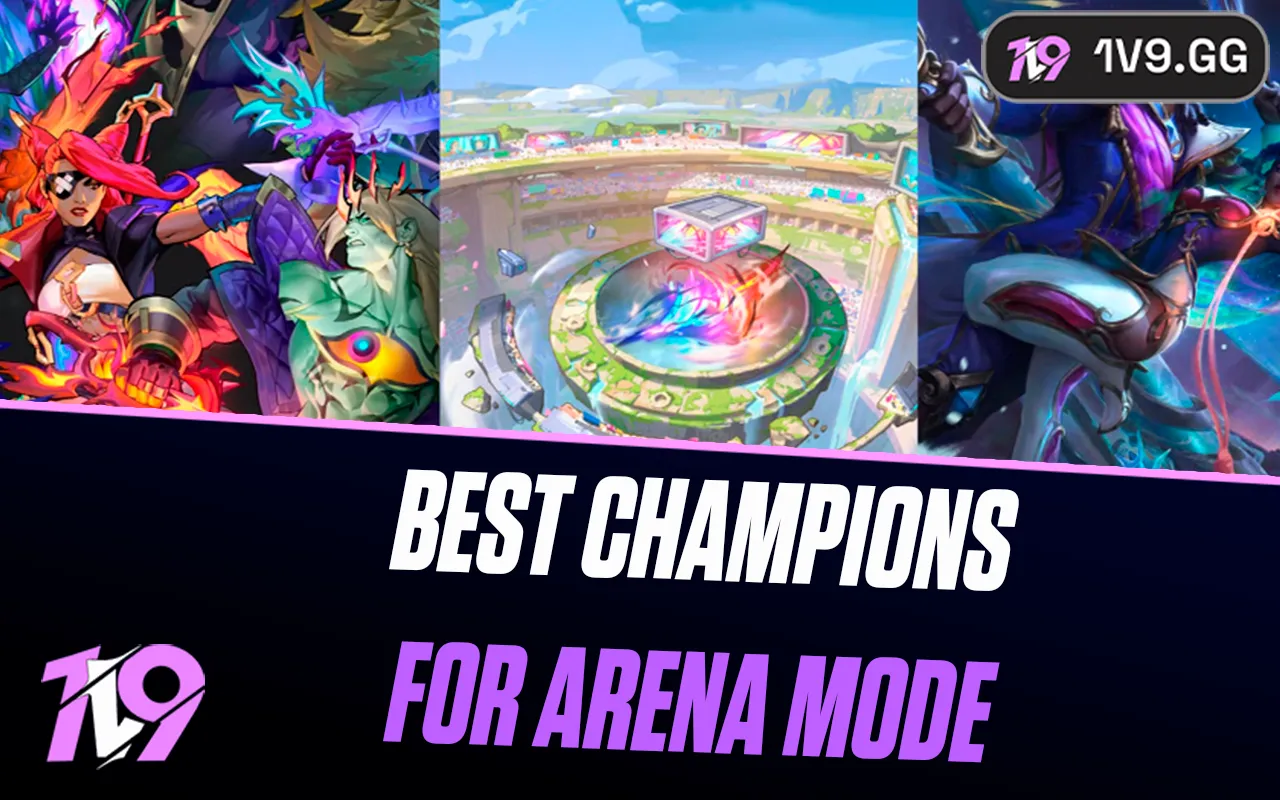
Valorant Ranking System Explained
Since its launch, VALORANT has quickly become very popular. It combines hero-based and tactical shooting, which has attracted many players. VALORANT is designed to be a competitive eSports game, similar to another successful game from the same creators, League of Legends.
VALORANT has a ranking system to make sure the game is fair for everyone, from beginners to experts. However, this system can be a bit complicated for new players. In this blog, we’ll explain how VALORANT’s ranking system works, including all the different ranks and tips on how to move up in the rankings.
All Valorant Ranks in Order

In VALORANT, ranks serve as a measure of your skill and achievements in the game. The better you perform, the higher your rank will be. There are a total of 9 ranks in VALORANT, listed from the lowest to the highest: Iron, Bronze, Silver, Gold, Platinum, Ascendant, Immortal, and Radiant.
Each rank, except for Radiant, is subdivided into three divisions: I, II, and III, with III being the highest and I the lowest. Radiant stands out as the top rank and does not have any divisions—it is simply Radiant. This structure helps distinguish player skills at various levels within the game.
How to Progress your Valorant Rank
Now that we’ve covered the different ranks in VALORANT, let’s delve into how you can climb through these ranks and progress in the game.
How to unlock Valorant Rank?

To start your competitive journey in VALORANT, you first need to unlock the competitive mode. This requires reaching Level 20 in the game, which you can achieve by engaging in various casual modes like Team Deathmatch or Unrated. Once you hit Level 20, the ranked mode becomes accessible.
When you initially access ranked play, you’ll notice your rank is represented by a question mark, indicating you have yet to be placed in a specific rank. To establish your starting rank, you must complete five placement matches. The outcomes of these matches determine your initial rank, with Ascendant I being the highest rank achievable from placement games.
If you’re eager to dive straight into ranked play without the grind to Level 20, we offer accounts that are already at Level 20 and ranked-ready, allowing you to bypass the initial leveling process and jump directly into competitive matches. This is a great option for players looking to get into the action right away.
Ranking up and down
To climb the ranks in VALORANT, winning matches is key. Each win earns you Ranked Rating (RR) points, which are essential for moving up from one rank or division to the next. Each division requires you to accumulate 100 RR points to progress. For instance, starting from 0 RR in Silver I, you would need to gain 100 RR to move up to Silver II.
Once you hit the 100 RR mark and ascend to a higher rank or division, you’ll start with a buffer of an additional 10 RR. This safety net ensures that if you lose your next match, you won’t be immediately demoted back down. It’s important to note that demotion only occurs if you lose a match while you have 0 RR.
This ranking system applies uniformly across all ranks, with the exception of the top tiers, Immortal and Radiant, which have specific nuances we’ll discuss further.
Climbing to inmortal and radiant ranks

Advancing through the ranks from Iron to Ascendant in VALORANT involves accumulating 100 Ranked Rating (RR) points for each rank. Once you reach 100 RR in Ascendant 3, you’ll progress to Immortal 1, starting with an initial 10 RR. However, the ranking mechanics change once you enter the Immortal tier.
In the Immortal rank, you no longer need a flat 100 RR to advance to the next level. Instead, each subsequent Immortal rank requires surpassing a specific RR threshold, which varies depending on your region. For instance, in Brazil, advancing from Immortal 1 to Immortal 2 requires 100 RR, while moving to Immortal 3 requires 230 RR.
Reaching Radiant operates on a different principle altogether. While there’s a regional RR threshold to qualify for consideration, earning the Radiant rank requires you to be among the top 500 players in your region based on RR. Essentially, you need to surpass the RR of the player who is currently ranked 500th in your region to secure your spot as a Radiant. This competitive structure ensures that only the best players hold the highest rank in VALORANT.
What affects RR Gain or Loss?

Several factors influence the amount of Ranked Rating (RR) you gain or lose after each match in VALORANT, with the most critical being whether you win or lose. Here’s how these factors play out:
1. Round Differential: The margin by which you win or lose affects your RR change. For example, a commanding 13-0 victory will net you more RR than a narrow 13-11 win. Conversely, a significant loss will result in a larger deduction of RR compared to a close loss.
2. Personal Performance: Your individual contribution to the game, including kills, deaths, assists (KDA), usage of abilities, impactful plays, and economic management, also affects your RR gains or losses. Excelling in these areas during a match can lead to greater RR gains, while underperforming can lead to greater losses.
3. MMR (Matchmaking Rating): Your hidden MMR, which is separate from your visible rank, plays a crucial role in determining RR changes. This MMR is an internal score that Riot Games uses to assess skill level. If your MMR is higher than your current rank, you’ll gain more RR for wins and lose less on defeats. Conversely, if your MMR is lower than your rank, you will lose more RR on defeats and gain less on victories. If your MMR closely matches your rank, your RR gains and losses will be more balanced.
By performing well and securing wins by significant margins, you can boost your RR substantially. Consistent high performance can even lead to a double rank-up, where you skip a rank upon promotion—for instance, moving directly from Gold I to Gold III. This accelerated promotion rewards players who consistently outperform their current rank level.
Acts and Episodes

Acts and Episodes in VALORANT function similarly to seasons in other games, providing a structured timeline for updates and changes within the game. Each year is divided into two main Episodes, each lasting approximately six months. Within each Episode, there are three Acts, akin to how Fortnite structures its Chapters and Seasons — with Episodes paralleling Chapters and Acts resembling individual Seasons.
This system is designed to maintain a dynamic and engaging competitive environment. At the start of each new Act, players experience a rank reset to keep the competition lively and fair. For Acts 2 and 3 of an Episode, players need to complete just one placement match to reestablish their rank. However, at the beginning of Act 1, which marks the start of a new Episode, players are required to play five placement matches to determine their rank anew. This structure ensures that the game remains fresh and challenging for everyone involved.
Act Ranks
The Act Rank in VALORANT serves as a reflection of your best performance during an Act. It’s determined by your highest-ranked win. For instance, if Platinum 3 is your highest win, then your Act Rank will be recorded as Platinum 3. You can view your Act Rank in the Careers tab, displayed prominently as a large triangle filled with smaller triangles. Each of these smaller triangles represents a ranked win, with the top triangle showcasing your highest-ranked win—the pinnacle of your Act Rank.
As a unique form of recognition, at the end of each Episode, you receive a gun buddy that corresponds to the highest Act Rank you achieved during that Episode. This exclusive item allows you to display your competitive prowess to teammates and opponents alike, adding a fun and personalized touch to your gaming experience.
Conclusion
Understanding the ranking system in VALORANT, including the structure of Acts and Episodes, is crucial for players aiming to enhance their competitive play. The system is designed to keep the game fresh and challenging by resetting ranks at the start of each Act and providing clear markers of achievement through Act Ranks. By keeping track of your highest wins and aiming to improve with each game, you can climb the ranks more effectively. Additionally, the rewards like the gun buddy offer a fun way to showcase your achievements to others. Whether you’re new to the game or looking to sharpen your skills, grasping the nuances of VALORANT’s ranking system is key to progressing and enjoying the game to its fullest.
Posted On: July 1st, 2024
Recent Articles
💬 Need help?
Our 1v9 support team is available 24/7 to help you with any questions or issues you may have.
support@1v9.gg
Loading...
1v9.gg is not endorsed or affiliated by any game developers or publishers.
2025 1v9, All Rights Reserved, Created By NightDev







